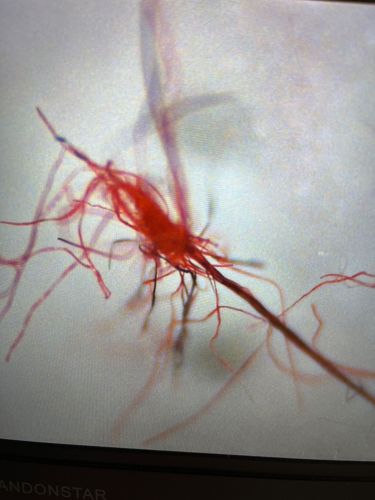Bloodworm
Scientific Name: Chironomus plumosus (a common species, though many Chironomidae larvae are called bloodworms)
Order & Family: Diptera (True Flies), Family Chironomidae (Non-biting Midges)
Size: Typically 1-2 cm (0.4-0.8 inches) in length, though some larger species can reach up to 3 cm.

Natural Habitat
Found in stagnant or slow-moving freshwater bodies such as ponds, lakes, ditches, and sometimes sewage treatment plants. They burrow into the muddy or silty substrate.
Diet & Feeding
Primarily detritivores, feeding on organic detritus, decaying plant matter, algae, and microorganisms present in the sediment. They filter feed or ingest substrate directly.
Behavior Patterns
Bloodworms live in tubes they construct from silk and sediment particles in the anoxic or hypoxic (low oxygen) conditions of bottom sediments. Their red color comes from hemoglobin, which allows them to efficiently absorb oxygen even in low concentrations. They can remain dormant in adverse conditions and emerge as adult non-biting midges. They exhibit a characteristic undulating movement within their tubes to facilitate water flow and feeding.
Risks & Benefits
Benefits: They play a crucial role in aquatic ecosystems as detritivores, aiding in the decomposition of organic matter. They are also a significant food source for many fish, amphibians, and aquatic insects. Their presence can indicate poor water quality (eutrophication) due to their tolerance for low oxygen conditions. Risks: While generally harmless to humans directly, large populations can sometimes indicate environmental pollution. As adults, non-biting midges can emerge in large swarms, which can be a nuisance, though they do not bite.
Identified on: 9/7/2025